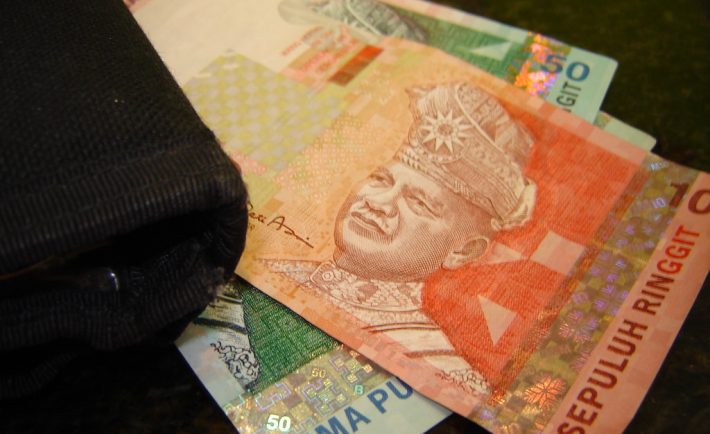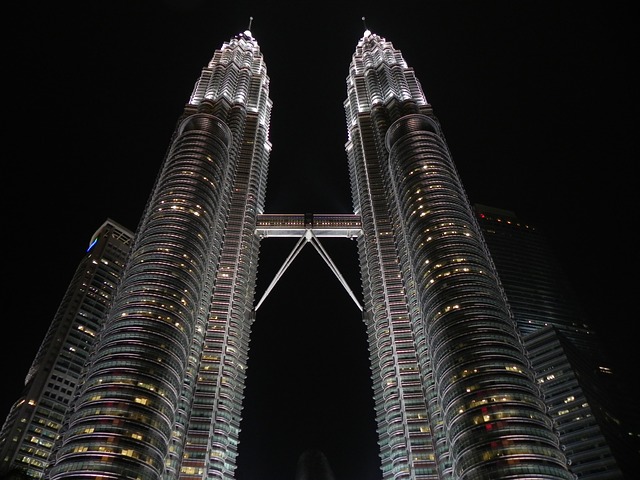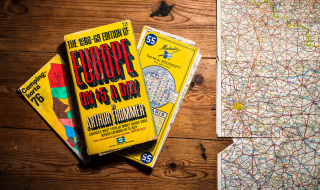
Much like Singapore, Malaysia is a multicultural country. It has substantial influences from the British, Arabic, Persian, Indian, and Chinese culture. Aside from this, it shares land borders with Thailand, Indonesia, and Brunei.
Not to mention, we can simply travel to Malaysia by land. Whether you are travelling to Malaysia or having a business transaction, here is a list of everything you need to know about the Malaysian Ringgit!
#1: MORE THAN JUST ART
Vibrant colors sprinkled on the notes are the first things that people notice about the Malaysian Ringgit. Did you know that these colors serve a purpose? Aside from being aesthetically pleasing, the colors enable you to identify the denomination in a glance.
Now, look at the reverse side of the note. Most bills contain images of Malaysia’s infrastructure at the back. For instance, the famous Petronas Twin Towers grace the 5-ringgit note.
#2: MOVES LIKE JAGGED
In Malay, the word “ringgit” means “jagged”. It originates back to the colonial times where rough Spanish silver coins were once used. During this time, the coins were called dollars. This is why you may have seen some prices listed as “$” or “M$” before.
Currently, the currency in Malaysia is issued by the Bank Negara Malaysia (National Bank of Malaysia).
#3: SMART MONEY MOVES
When travelling to Malaysia, you have to be mindful with how you spend your money. Spare your small change to the street vendors or the people who have a problem breaking down your large notes.
Save your RM50 and RM100 banknotes to hotel, bars, mini-marts, and other establishments that carry plenty of cash flow.
#4: MUCH IS THE SAME
Interestingly, the Ringgit shares the same denomination as the Singaporean Dollar. It is divided into RM1, RM5, RM10, RM20, RM50, and RM100.
There used to be an RM500 and RM1000 denominations, but the government demonetized it in the 1990s to curb money laundering. If you see this note being handover to you, stay vigilant. Do not accept any of these notes from anyone.
#5: MONEY SPENT AND MONEY SAVED
According to a study, the top three ways that Malaysians employ to eliminate their spending include spending less on clothes, reducing entertainment costs, and switching to more affordable grocery items.
On the other hand, they spend most of their disposable income on dining out. This is followed by their petrol and housing costs.
#6: SAVE YOUR TIPS
Save your tips as most people do not expect to receive it. Tipping is not a common practice in Malaysia. Some places such as restaurants and luxury hotels may add a 10% service charge to your bill.

Image Credits: pixabay.com
Otherwise, tipping will be discretionary.




